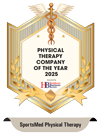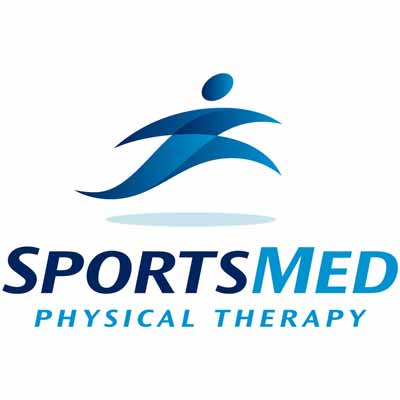It’s sort of a trick question. The truth is, both dynamic and static stretching should be used to prevent injury and increase flexibility & strength. Imagine the muscles in your body were made of rubber bands. The less you use them, the more they stay constricted and tight.
By using the proper stretching methods, you can loosen them up, improve blood circulation, and activate your central nervous system. All great things to get your muscles loose!
To be clear, dynamic stretching involves moving a joint and/or muscles through a repetitive motion. Static stretching are the stretches that require you to hold a specific position.
The right time for dynamic and static stretching
Use dynamic stretching BEFORE engaging in any physical activity, and use static stretching AFTER you complete your workouts.
Example Dynamic Stretching Routine*
- 2-3 minutes of jump rope – The key here is to get your feet moving a bit. Keep a consistent pace throughout the duration of the exercise.
- 50 jumping jacks – Adjust the amount of jumping jacks to account for comfort. Keep your shoulders upright, and back.
- 20 body weight squats – Again, keep a steady pace, and bend at your knees, NOT your back. You should be feeling the burn here!
- 5 lunges (each leg) Form is everything when it comes to lunges. Keep your chin up, arms at your sides, and use your front leg to push yourself back up. You want to step out as far as it feels comfortable.
- 10 forward leg swings (each leg) Try and get your kick to go as high as it can on the way up, but don’t worry if you can’t go too high. You want to make sure you’re feeling the stretch. Use a chair or a wall for balance.
- 10 side leg swings (each leg) Try and stand upright during this one. It’s going to be tough if you’ve never done them before, so use a chair or a wall for balance.
- 10-20 push ups Just like everything else, this is based on your fitness level. Scale the count up or down to accommodate your comfort.
Example Static Stretching Routine*
Hold each stretch for 20-30 seconds. You should feel mild discomfort as you stretch, but nothing too intense. Don’t bounce as you stretch, just relax and exhale as you stretch the muscle.
- Calf Stretch
- Hamstring Stretch
- Quadriceps Stretch
- Hip Flexor Stretch
- ITB Stretch
- Knee-to-Chest Stretch
- Shoulder Stretch
- Shoulder Stretch w/ Towel
- Neck Stretch





